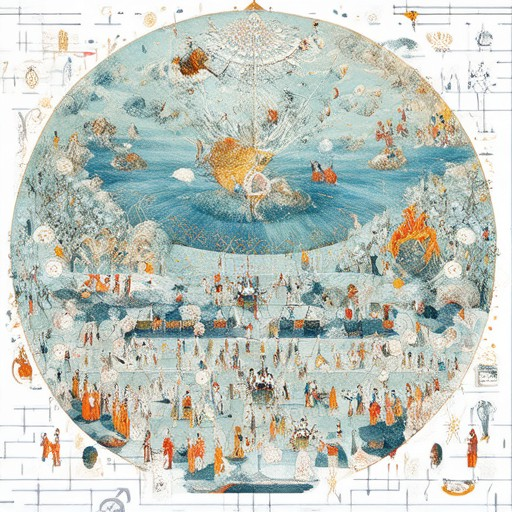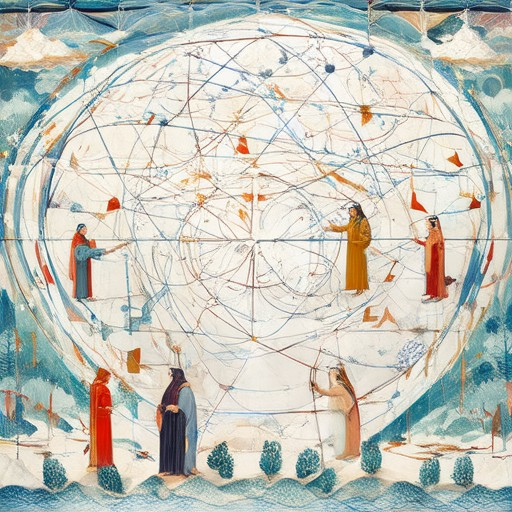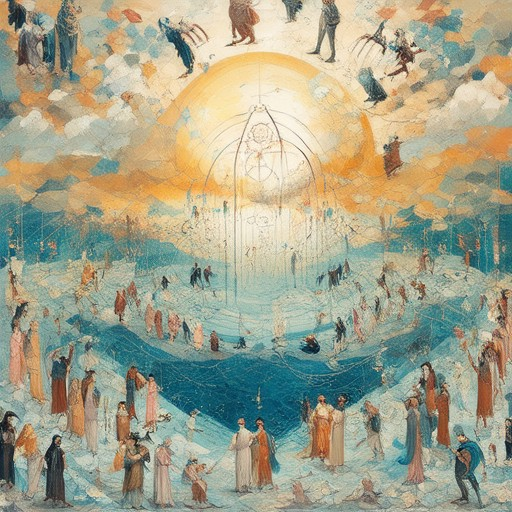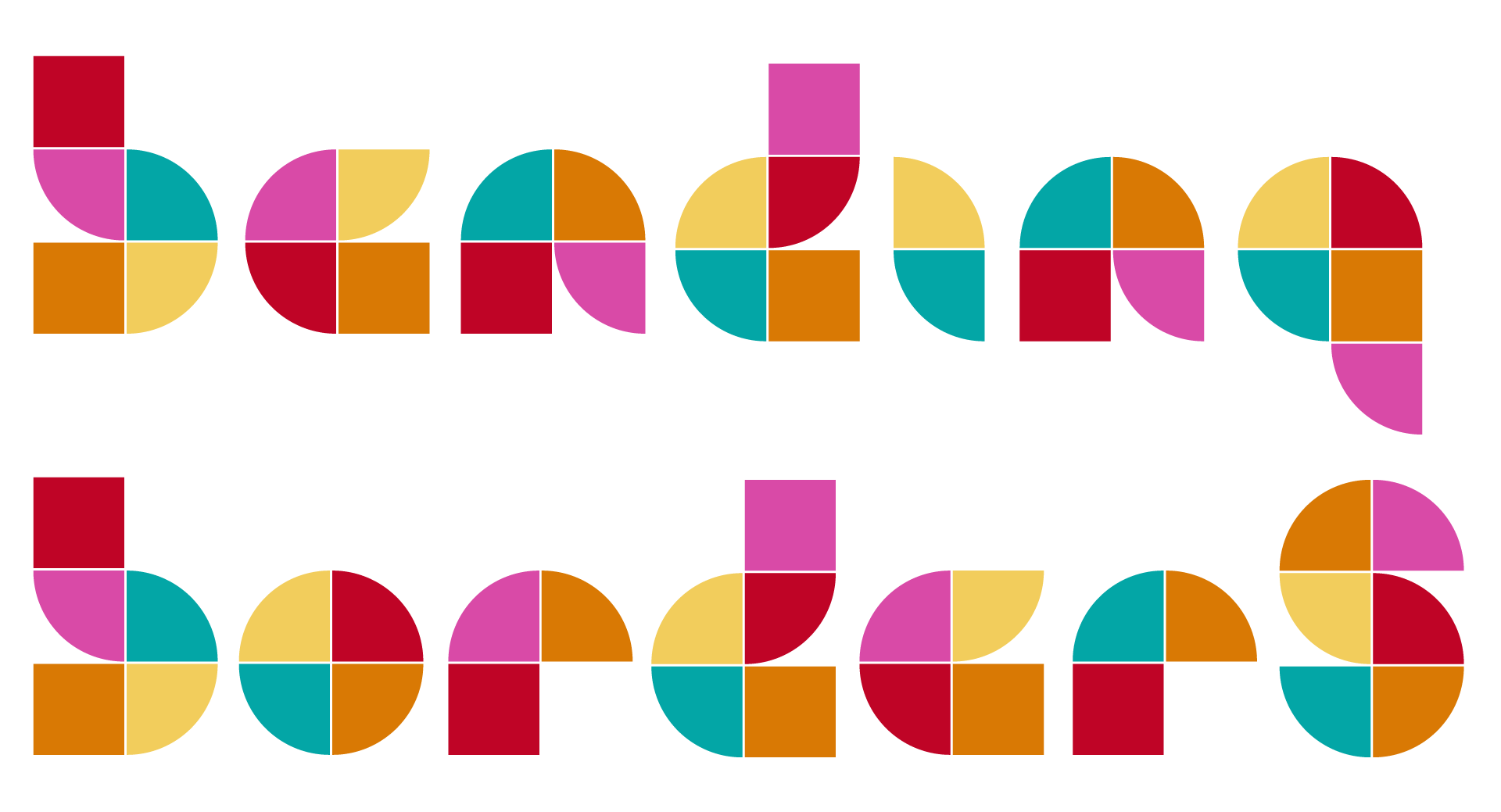Stories have always been a powerful medium for connecting people across time and space, serving as bridges that span cultural divides and foster mutual understanding. At its core, a cultural connection is the essence of storytelling—whether through oral traditions, written narratives, or visual art, these tales carry the weight of history, tradition, and human experience. They serve as windows into the soul of a culture, reflecting its values, beliefs, and the way people see the world. In this exploration, we’ll delve into the intricate dance of cultural connections, examining how stories shape identities, preserve traditions, and build bridges between diverse communities. From the shared joy of festivals to the profound lessons of literary works, the power of storytelling lies in its ability to transcend boundaries and unite hearts.

Cultural Connection Example
A cultural connection refers to the shared customs, traditions, beliefs, or practices between different groups or societies. An example of a cultural connection can be seen in the celebration of festivals or events that are recognized globally, such as Christmas or Halloween. These celebrations often involve traditions like exchanging gifts, decorating homes, or wearing specific attire, which are common across many cultures despite their geographical differences.
Another example of a cultural connection is the shared love for music. Many countries have songs or genres that transcend borders, allowing people from different cultures to connect through music. For instance, the popularity of rock-and-roll or classical music can bridge gaps between cultures.
Additionally, food is a significant area of cultural connection. Dishes like pizza or sushi may have originated in specific cultures, but they are now enjoyed worldwide, bringing people together through shared meals.
Moreover, languages often share similarities due to historical influences or borrowing of words. For example, the English word “café” is derived from the French word “cafè,” illustrating a cultural connection through language evolution.
Finally, sports events like the FIFA World Cup or the Olympics bring people from diverse backgrounds together, fostering a sense of unity and shared excitement, regardless of nationality or culture.
These examples highlight how cultural connections can manifest in various forms, from traditions and music to food and sports, showcasing the ways in which different cultures intersect and influence each other.
Cultural Story Example
A cultural story, also known as a cultural narrative, is a story passed down within a culture that conveys its beliefs, values, history, and collective experiences. These stories often serve to educate, entertain, and transmit cultural heritage from one generation to the next. Cultural stories can take many forms, including myths, folktales, legends, fables, and traditional practices.
Examples of Cultural Stories
- Mythological Tales
- Example: The Greek myth of Persephone, which explains the changing seasons and symbolizes themes of life, death, and rebirth. This story is central to various cultural celebrations and rituals across the Mediterranean.
-
Folklore and Fables
- Example: The Indian folktale of “The Monkey and the Crocodile,” which teaches lessons about friendship and conflict resolution through the animals’ interactions.
-
Historical Accounts
- Example: The oral histories of indigenous peoples, such as the stories of creation and migration told by the Australian Aboriginal people, which are deeply tied to their land and spiritual beliefs.
-
Traditional Practices
- Example: The Chinese tradition of telling ghost stories during the Ghost Festival, which reflects beliefs about ancestors and the afterlife.
-
Contemporary Stories
- Example: Modern cultural stories like the tales of immigration and integration shared by families, which highlight the challenges and triumphs of adapting to new environments.
Role of Cultural Stories
Cultural stories play a vital role in shaping identity, fostering community bonds, and preserving cultural integrity. They often reflect a society’s values, moral codes, and historical context, making them a rich resource for understanding human behavior and societal evolution.
By sharing and celebrating these stories, we not only honor our roots but also contribute to the diversity of human knowledge and experience. At Bending Borders, we explore and share these cultural narratives to promote cross-cultural understanding and appreciation for the unique perspectives each culture brings to the table.
Explore more cultural stories on BendingBorders.org .

Cultural Interaction Examples
Cultural interaction refers to the exchange of ideas, traditions, technologies, and beliefs between different groups of people. Here are several examples that illustrate the impact of cultural interaction:
- The Silk Road : A historic network of trade routes connecting China, India, Persia, and the Roman Empire facilitated the exchange of goods, ideas, and cultures. This period saw the spread of Buddhism, Islam, and various artistic styles across continents.
- Colonial Period Globalization : During the 16th to 19th centuries, European colonial powers introduced Christianity, education, and modern governance to regions like Africa and Asia. This led to significant cultural blending, resulting in hybrid societies.
- Modern Globalization : Contemporary globalization has accelerated cultural exchange through trade, media, and migration. Companies like McDonald’s and Coca-Cola adapt local cultures while influencing them, creating a unique blend of global and local identities.
- Cultural Festivals and Events : International events like the Olympic Games and the World Expos provide platforms for showcasing diverse cultures, fostering mutual understanding and appreciation among participants and attendees.
- Migration and Immigration : Mass migration has led to the creation of multicultural societies in countries like Canada, the United States, and Australia. Immigrants bring their traditions, languages, and customs, enriching the host cultures while adapting to new environments.
- Digital Age Communication : Social media platforms enable instant cultural exchange, allowing individuals from different backgrounds to connect, share traditions, and learn from one another. This virtual interaction often leads to real-world cultural collaborations and adaptations.
Cultural interaction continues to shape our world, driving innovation, tolerance, and global connectivity. Understanding these exchanges helps us appreciate the complexity and richness of human history and contemporary life.

The Cultural Connection of Storytelling
Storytelling serves as a powerful medium for preserving and transmitting cultural heritage, fostering identity, and building connections across generations. It is a fundamental tool for cultural transmission, enabling the preservation of traditions, customs, and values through generations.
Preserving Cultural Heritage
Stories are living archives of human culture, capturing the essence of a group’s history, beliefs, and customs. Through storytelling, cultures pass down their traditions, moral lessons, and historical events, ensuring that these fragments of life remain relevant and meaningful for future generations. This process helps maintain the continuity of cultural identity and ensures that traditions are not lost over time.
Fostering Identity and Belonging
Storytelling creates a sense of community and belonging. Shared stories become part of a group’s collective memory, reinforcing social cohesion and cultural norms. Whether it’s tales from a family’s past or widely recognized cultural narratives, stories provide individuals with a sense of place and purpose, helping them understand their role within their culture and society.
The Evolution of Storytelling Across Cultures
Storytelling takes many forms across different cultures, reflecting the unique values and worldviews of each society. For example, oral traditions in many indigenous cultures emphasize the importance of memorization and the transmission of knowledge through storytelling. In contrast, written epics like the Mahabharata in India or the Greek myths serve as foundational stories that shape cultural identities and moral frameworks.
Bridging Cultural Divides
Storytelling also plays a role in bridging cultural divides. By sharing stories from diverse perspectives, people can gain empathy and understanding, fostering cross-cultural communication and collaboration. Platforms like Bending Borders highlight the power of storytelling to connect people across cultures, offering insights into global experiences and traditions that challenge and enrich our own perspectives.
Conclusion
In its simplest form, storytelling is a universal human activity that transcends boundaries and generations. It is not just entertainment but a vital tool for cultural preservation, identity formation, and societal cohesion. By embracing the power of storytelling, we can better appreciate the richness of our cultural heritage while fostering deeper connections with others.
Cultural Connection in Literature
A cultural connection in literature refers to the meaningful ways in which a work of fiction, poetry, or drama reflects the beliefs, customs, values, and societal norms of a particular group or era. These connections often enrich our understanding of the text and provide insight into human behavior, history, and social dynamics.
Key Concepts of Cultural Connection
- Beliefs and Customs : Literature frequently incorporates religious beliefs, traditional practices, and cultural rituals that shape the characters’ actions and decisions.
- Historical Context : Many literary works reflect the social, political, and economic conditions of their time, offering a window into historical events and their impact on society.
- Social Norms and Values : Authors often explore themes like family, honor, loyalty, and morality, which are rooted in the cultural values of their audience.
Literary Examples
- Willa Cather’s “My Ántonia” :
- Set in the American Midwest, the novel explores the cultural transition from rural life to urbanization, highlighting the clash of traditional values and modernity.
- The character Ántonia represents the resilience and adaptability of rural people, embodying the cultural pride of her community.
- F. Scott Fitzgerald’s “The Great Gatsby” :
- The novel delves into the cultural shift from the Roaring Twenties to the onset of the Great Depression, reflecting the excesses and contradictions of Jazz Age America.
- Characters like Jay Gatsby and Daisy Buchanan embody the cultural ideals of love, wealth, and status.
- Gabriel García Márquez’s “One Hundred Years of Solitude” :
- The novel intertwines the personal story of the Buendía family with the cultural and political history of Colombia, illustrating the enduring power of tradition amidst societal change.
Importance of Understanding Cultural Connections
Understanding cultural connections in literature enhances your appreciation for the text, allowing you to engage more deeply with the author’s intent and the universal human experiences portrayed. It also provides valuable insights into the historical and social contexts that shaped the work, helping you analyze literature more critically and thoughtfully.
By exploring these connections, you gain a richer understanding of literature’s role in reflecting and shaping cultural identities, making it a powerful tool for exploring the complexities of human existence.

How Can the Stories of a Culture Reflect That Culture?
Culture is deeply embedded in the stories, traditions, and values of a society, and these stories often serve as mirrors reflecting the essence of the culture itself. Here’s how stories can encapsulate and showcase cultural characteristics:
1. Characters and Their Values
The characters in stories frequently embody the values and virtues of the culture they come from. For instance, in Japanese storytelling, the concept of “honor” and “harmony” is often portrayed through samurai warriors or tea ceremony rituals. Similarly, Mesoamerican myths may emphasize community and collective responsibility through tales of cooperative efforts to overcome challenges.
2. Themes and Cultural Beliefs
Stories often reflect the philosophical and religious beliefs of a culture. For example, Greek mythology includes tales of fate versus free will, which aligns with the Greek emphasis on logic and rationality. In contrast, Egyptian stories like the Book of the Dead highlight the importance of life after death and the journey to the afterlife. These themes resonate deeply with the cultural values of each society.
3. Cultural Practices and Traditions
Many stories are rooted in cultural practices and rituals. For instance, “The Art of War” by Sun Tzu reflects the Japanese culture’s emphasis on strategy, discipline, and respect for hierarchy. Similarly, “Les Misérables” explores themes of redemption and social justice, which are central to French societal values. These narratives provide insight into the customs and ethics that define a culture.
4. Historical Context and National Identity
Stories often serve as historical records that shape a nation’s identity. The Trojan War, for example, is a foundational myth in Greek culture, symbolizing conflict and heroism. In contrast, the story of the Alamo in Texan folklore emphasizes bravery and the struggle for freedom, which are key components of American cultural identity. Such tales reinforce shared historical memories and cultural pride.
5. Oral Tradition and Storytelling
Oral traditions play a significant role in preserving cultural narratives. African folktales, for instance, often teach moral lessons and promote communal values. These stories are passed down through generations, ensuring that cultural heritage is maintained and celebrated. Similarly, Indigenous Australian stories recount creation myths and moral lessons, serving as a vital part of their cultural identity.
In conclusion, stories are powerful tools that reflect the soul of a culture. They offer windows into the beliefs, values, and practices that define a society, making them essential mirrors of cultural identity.




0 Comments